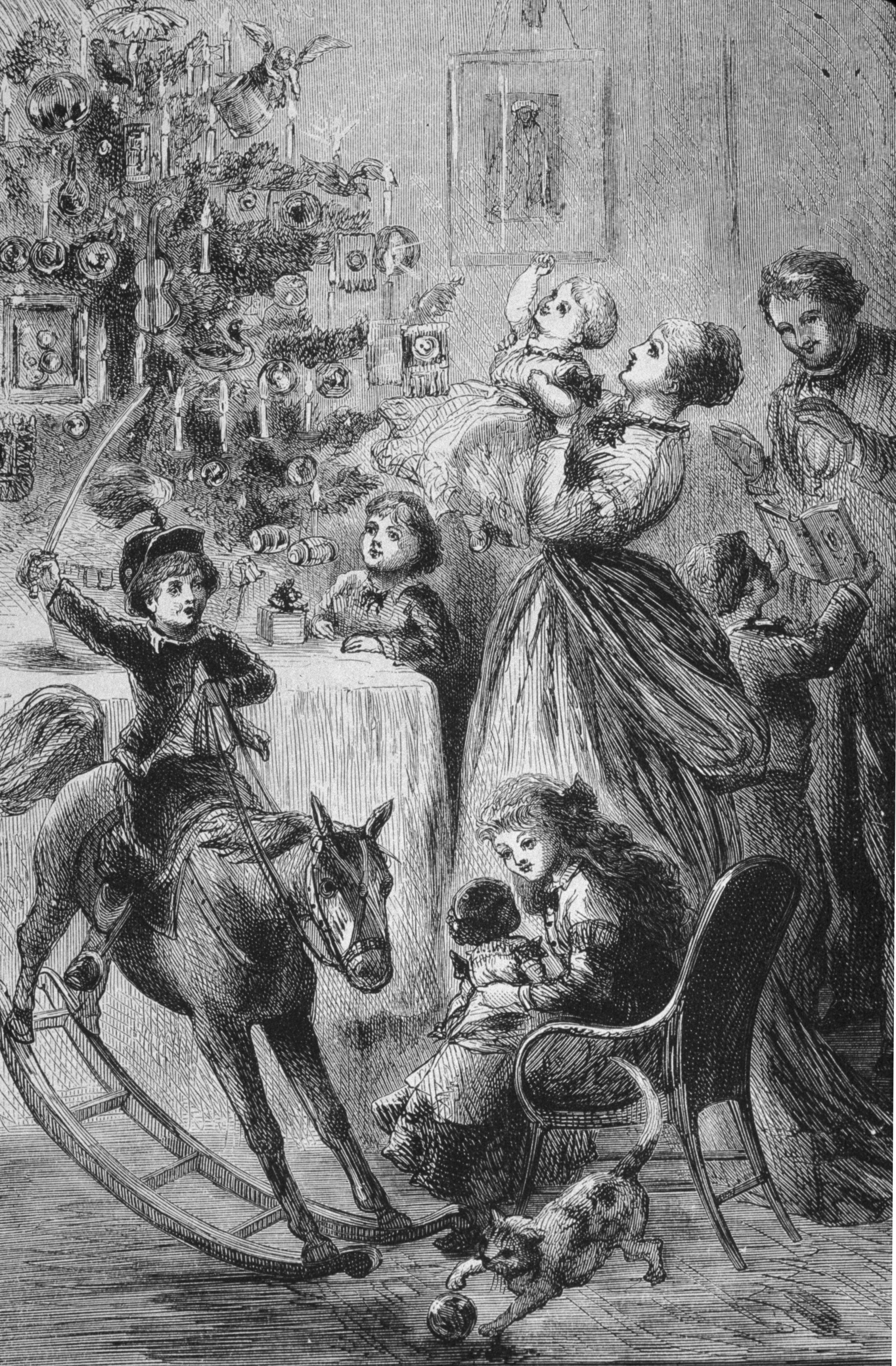

Modern marriage presents something of a conundrum for sociologists. The benefits of marriage have been widely studied; they include better health, better finances and a leg up for children raised in a stable environment. Some studies have even suggested that the legally wed have more sex. Marriage is an attractive enough proposition that people have marched and protested to allow a new subset of people to have access to it. Yet marriage rates are in decline.
In fact, a new book by a well-respected sociologist argues that the American family unit is facing challenges it has never encountered before.
Specifically, the marital decline has occurred among the working class. According to one study, more than 60% of white males aged 20 to 49 with jobs in the service sector, like waiters and janitors, were married in 1960. By 2010 that figure was less than 30%. Among African American men in the same situation the figure is less than 20%.
The non-married are not swinging George Clooney style bachelors who play the field until they find the perfect woman with whom to set up a home. These are usually fathers, men who have children and responsibilities and are often living with the mother of at least some of those children, or have lived with her in the past. They have made a family, but they haven’t founded that family on a marriage.
Meanwhile, for the wealthy, a successful and lasting marriage has become more and more likely. Professional men marry professional women, they pool their considerable resources and spend at least some of them on meticulously raising offspring, who get the best education, enrichment activities and artisanal bread for their lunchtime sandwich. They can afford to outsource or avoid those tasks that cause tension in less comfortable marriages: childcare, food provision, cleaning, unpaid bills, unemployment.
This has led some such cultural critics as Charles Murray to speculate that permissive social norms championed largely by the rich have worsened the struggles of the poor. The rich, argues Murray, can afford to abandon the responsibility of marriage and the loss of its benefits. Yet they do not. The less well-off, who would most benefit from the stability of institutions such as marriage, are disinclined to embrace its strictures.
Other argue, however, that poverty is what’s keeping people from tying the knot. People don’t get married because it brings burden without benefit. Men don’t feel they can support a family, and women don’t want to be tied to a man who may be a drag on her already meager income.
Now Andrew Cherlin, the well-respected sociologist at Johns Hopkins university has weighed in with a persuasive case for a sort of middle ground. In Labor’s Loves Lost (get it? Like the Shakespeare play, only it’s about the loss of love among the laboring class), he traces the course of marriage through history, specifically the history of the economy. Marriage and the economy, he finds are inextricably linked.
What Cherlin finds that this is not the first time that there has been a wide disparity between the marital fortunes of the rich and the poor: the situation looked similar during the last Gilded Age. Inequality in bank accounts and in marital status go hand in hand.
But the cultural critics are not totally wrong. Since the last gilded age, there has been a transformation in people’s attitudes to living together without getting married. Gone is the age of the “bastard,” or the “illegitimate” child. Now, rich and poor alike believe that living together before marriage is a prudent step. (Even though the studies don’t actually confirm that.)
What this means, argues Cherlin, is that we are in whole new territory. “It is the conjunction of the polarized job market and the acceptance of partnering and parenting outside of marriage that makes the current state of the American family historically unique,” writes Cherlin. “There has never been such a large, class-linked divergence in nonmarital childbearing. There has never been such a split between marriage-based families on the top rungs of the social ladder and cohabitation- and single-parent based families on the middle and bottom rungs.”
The gap in the family life of the rich and poor yawns wider that it ever has, and the individuals most hurt by this are, you guessed, it, the children of the poor. The working class have experimented with a new type of family formation that’s not based around the equation of one partner who runs the home front, plus one partner who brings in the income, both of whom throw in their lot together for the long haul, partly because they don’t have to, but mostly becasue that is no longer an option for may of them. The new formulations tend not to be as stable, and instability is sub-optimal for kids.
Cherlin doesn’t have any easy answers for the nasty bifurcation in the family life of America. Somehow, young people have to be persuaded to delay childbirth. Somehow, people have to be educated and trained for jobs that pay enough that they can begin to feel enough ground under their feet to start a more permanent sort of life. Somehow, those jobs, such as those in manufacturing, have to be created.
None of this sounds remotely romantic. But if the crisis in American family life is to be overcome, it’s going to take more than a George Clooney movie.
More Must-Reads from TIME
- Donald Trump Is TIME's 2024 Person of the Year
- Why We Chose Trump as Person of the Year
- Is Intermittent Fasting Good or Bad for You?
- The 100 Must-Read Books of 2024
- The 20 Best Christmas TV Episodes
- Column: If Optimism Feels Ridiculous Now, Try Hope
- The Future of Climate Action Is Trade Policy
- Merle Bombardieri Is Helping People Make the Baby Decision
Contact us at letters@time.com